NRHP Reference # 66000502 Area 4 ha Added to NRHP 15 October 1966 | Designated NHL October 9, 1960 Year built 1539 | |
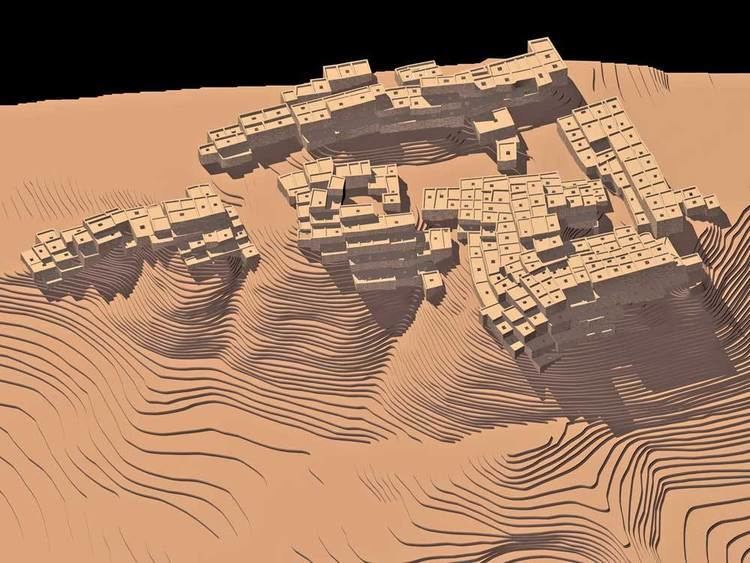 | ||
Hawikuh Ruins, or Hawikuh (Hawikku, "gum leaves" in Zuni ) is a National Historic Landmark located 12 miles southwest of Zuni Pueblo, New Mexico, on the Zuni Indian Reservation. It is included within Zuni-Cibola Complex, a larger National Historic Landmark District that includes other ruins as well.
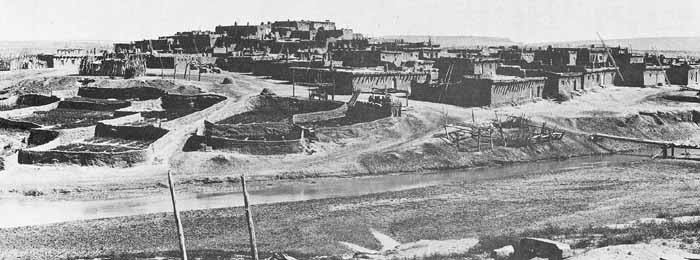
Hawikuh was one of the largest of the Zuni pueblos at the time of the Spanish entrada. It was founded around 1400 AD. It was the first pueblo to be visited and conquered by Spanish explorers.
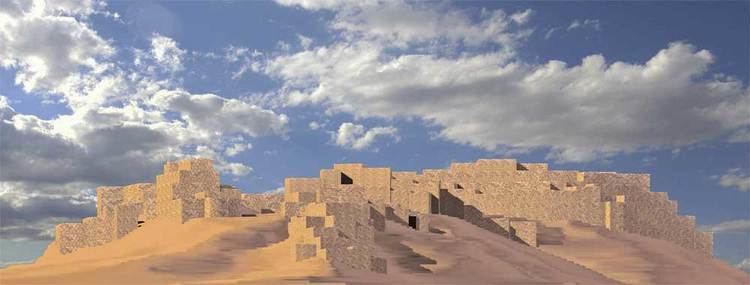
Estevanico, a North African slave assigned to Fray Marcos de Niza's expedition, was the first non-native to visit Hawikuh, in 1539. He was killed when he unwittingly alarmed Zuni tribesmen with decorations that symbolized death.
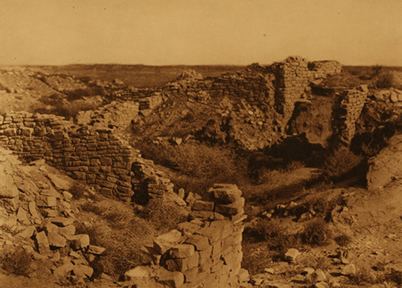
Francisco Vásquez de Coronado conquered the pueblo in 1540, hoping it was one of the legendary "Seven Cities of Gold". He recorded its native name at the time as Cevola, though others who accompanied him wrote it as Cibola in their accounts. It has been conjectured that this name comes from a word meaning "buffalo". Coronado was severely disappointed by the lack of gold, but wrote that, "As far as I can tell, these Indians worship water, because it makes the corn grow and sustains their life." About the pueblo, he reported that,
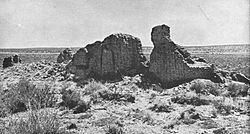
Although they are not decorated with turquoises, nor made of lime or good bricks, nevertheless they are very good houses, with three, four, and five stories, where there are very good apartments... and some very good rooms underground Kivas, paved, which are made for winter and have something like hot baths.
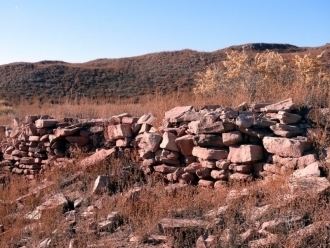
Some Hawikuu residents fled to the Dowa Yalanne mesa top to escape the attackers of the Coronado expedition. The 14 structures at Dowa Yalanne used as a refuge from the Spaniards between 1540-1680 were called Heshoda Ayahltona ("ancient buildings above").
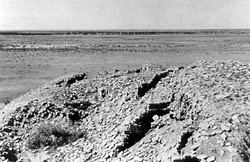
In 1628 the Mission La Purisima Concepcíón de Hawikuh was established. The Spanish attempted to suppress the Zuni religion, and introduced the encomienda forced-labor system. In 1632, the Hawikuh Zunis rebelled, burnt the church, and killed the priest. In 1672, the church was burnt again, by Apache raiders, and it was burnt a final time in 1680 during the Great Pueblo Revolt, when all the Nuevo Mexico pueblos rose against the Spanish. After this revolt, Hawikuh was permanently abandoned.
The ruins of Hawikuh were excavated during the period 1917-23 by the Heye Foundation under the leadership of Frederick Webb Hodge. The records and artifacts from this excavation are now at the National Museum of the American Indian. Hawikuh was declared a National Historic Landmark in 1961.
Hawikuh is located on the Zuni Indian Reservation near Zuni, New Mexico. The site may be visited with advance permission from the Zuni tribal office and a guide: 505-782-7022.
